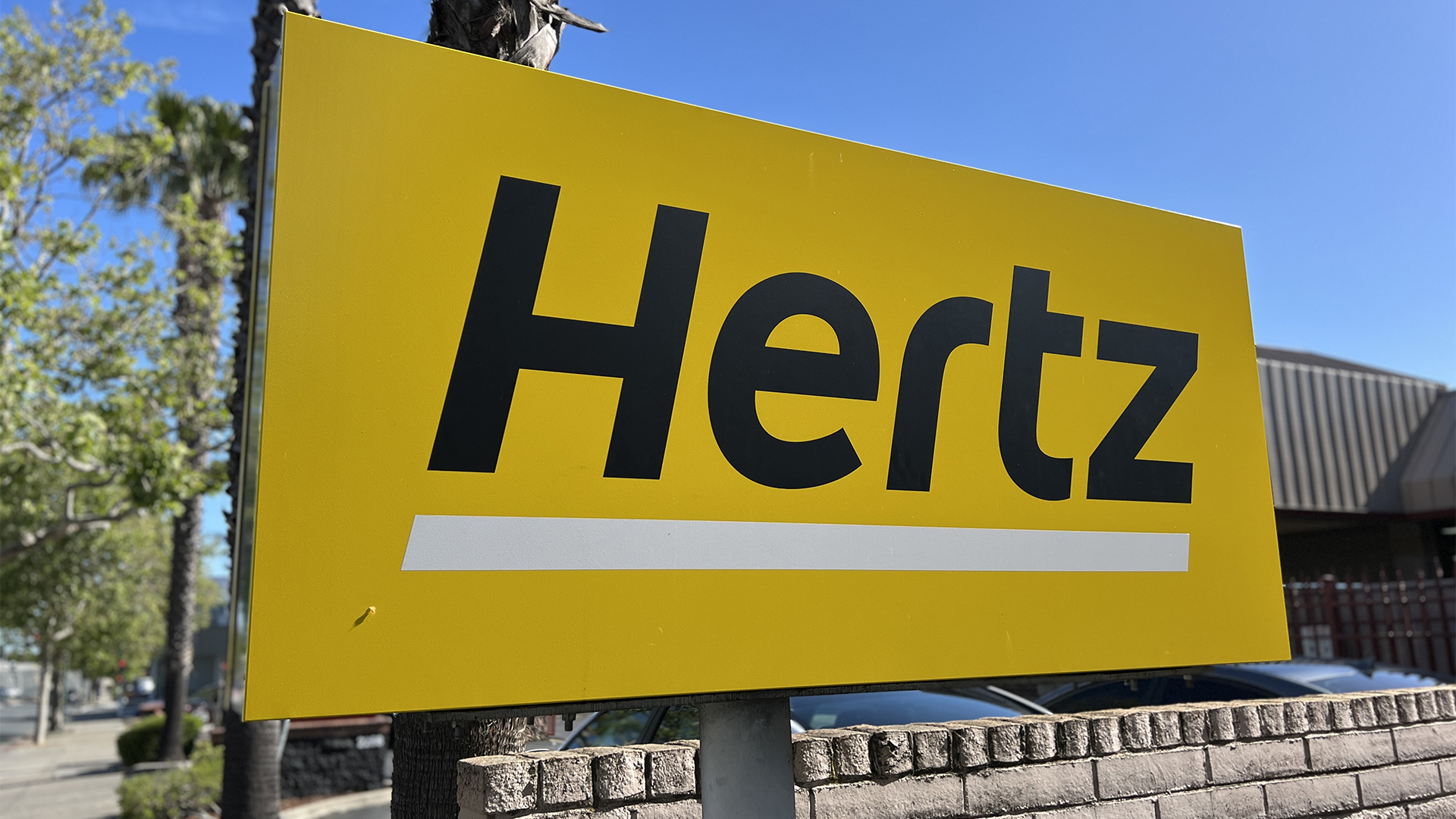Two-tier model offers best returns for vendors, GTDC says
Direct route found to be more expensive and restrictive than routes that include distribution


A two-tier go-to-market (GTM) strategy consisting of both resellers and distributors produces the best returns for vendors, the latest research has found.
The research, commissioned by the Global Technology Distribution Council (GTDC), has examined optimisation of GTM strategies, comparing the direct, single-tier and partner-led indirect business models in detail, taking in factors such as technology price points, target audience, maturity and more.
While all three naturally offer pros and cons, the two-tier model continues to produce consistently high returns for traditional vendors selling physical goods, as well as born-in-the-cloud companies that sell software as a service, according to the findings, which offer an update on two previous GTDC reports from a decade ago.
The direct route – often the chosen model for startups – was found to be more expensive and restricting than routes that include distribution. The report found that these businesses generally also run into high selling, general and administrative (SG&A) costs, scaling limits, and challenges in reaching SME customers.
Those opting for the single tier model also hit some significant stumbling blocks, GTDC said, including settling which customers are direct and which are indirect, as well as managing compensation and partner rewards plans.
Despite the two-tier model being favourable, the drawbacks do include the chance of higher enablement costs and potentially harder pipeline visibility. The benefits, however, are "significant", the report says, with the ability to work with an established network of channel companies and a generally larger market reach.
Commenting on its report, the GTDC highlighted that this two-tier structure has held firm over the last decade, providing the strongest route to market over the long term.
ChannelPro Newsletter
Stay up to date with the latest Channel industry news and analysis with our twice-weekly newsletter
"The findings paint an intimate picture of go-to-market strategies in our industry, including some nuances many people likely don't know or understand," commented Frank Vitagliano, CEO of the GTDC. "But it's important to recognise that these are all elements discussed daily within IT companies around the globe.
"As a result, the takeaways from this report should resonate just as strongly as the ones we discovered 10 years ago."
Dan is a freelance writer and regular contributor to ChannelPro, covering the latest news stories across the IT, technology, and channel landscapes. Topics regularly cover cloud technologies, cyber security, software and operating system guides, and the latest mergers and acquisitions.
A journalism graduate from Leeds Beckett University, he combines a passion for the written word with a keen interest in the latest technology and its influence in an increasingly connected world.
He started writing for ChannelPro back in 2016, focusing on a mixture of news and technology guides, before becoming a regular contributor to ITPro. Elsewhere, he has previously written news and features across a range of other topics, including sport, music, and general news.
-
 Cleo attack victim list grows as Hertz confirms customer data stolen
Cleo attack victim list grows as Hertz confirms customer data stolenNews Hertz has confirmed it suffered a data breach as a result of the Cleo zero-day vulnerability in late 2024, with the car rental giant warning that customer data was stolen.
By Ross Kelly
-
 Lateral moves in tech: Why leaders should support employee mobility
Lateral moves in tech: Why leaders should support employee mobilityIn-depth Encouraging staff to switch roles can have long-term benefits for skills in the tech sector
By Keri Allan